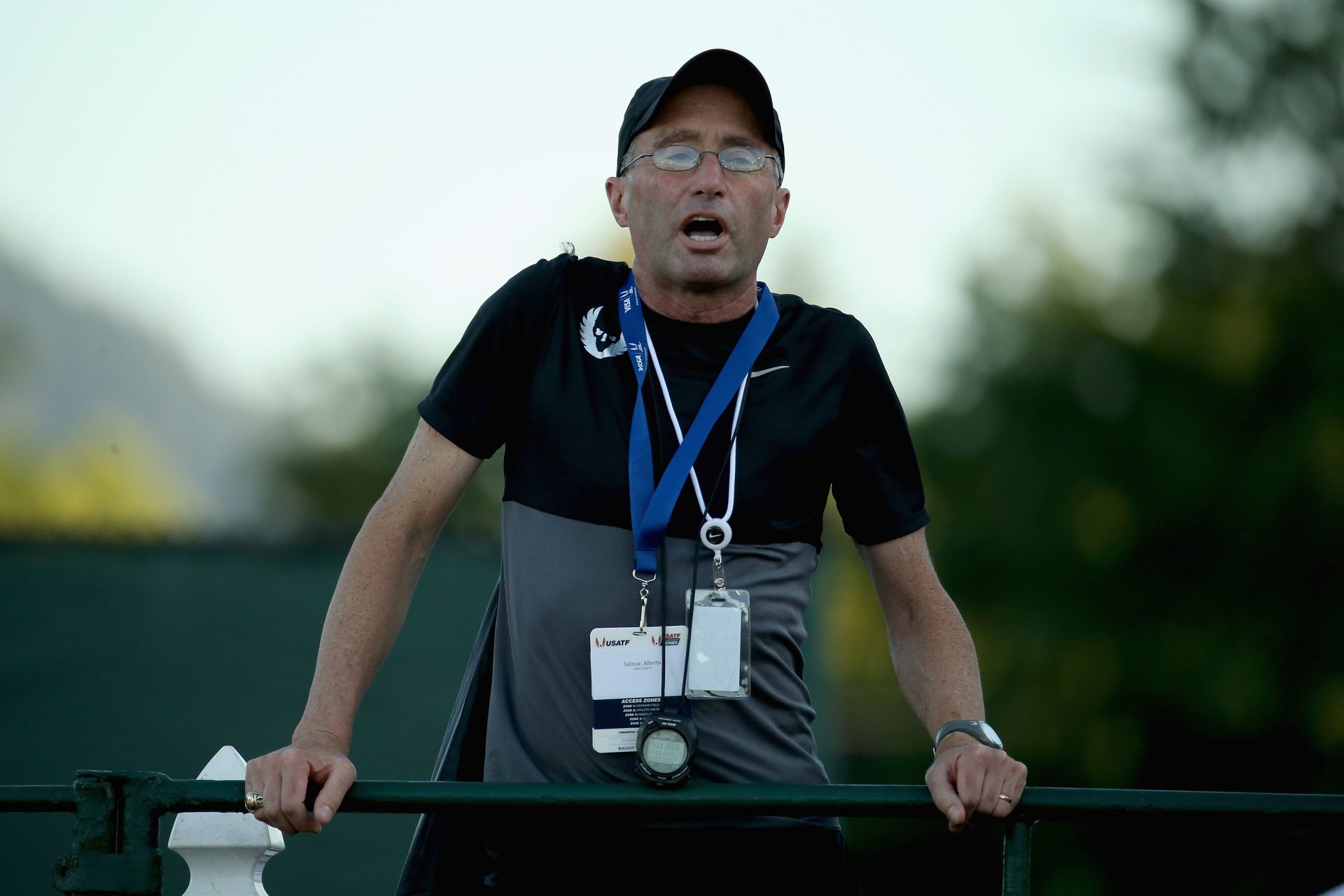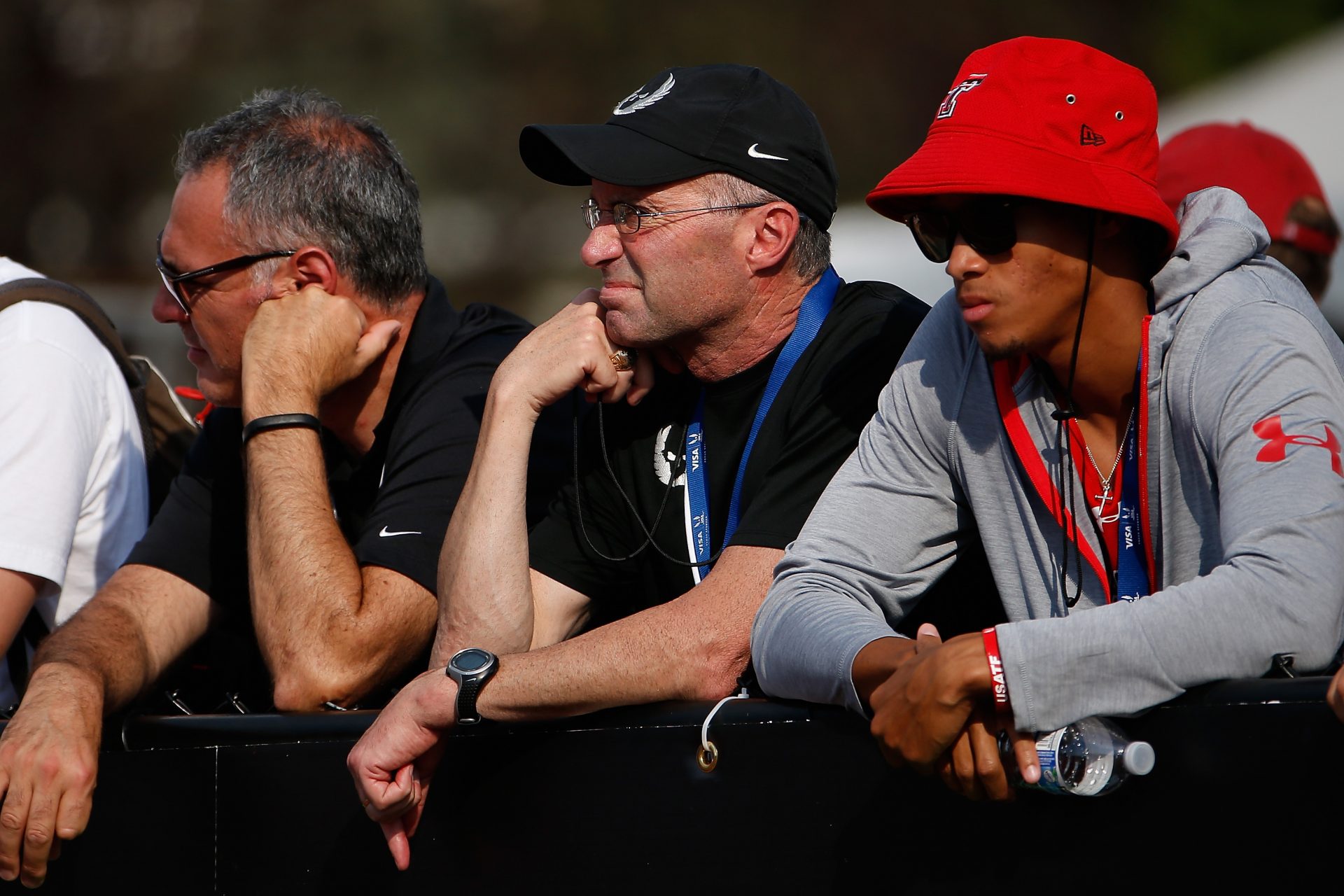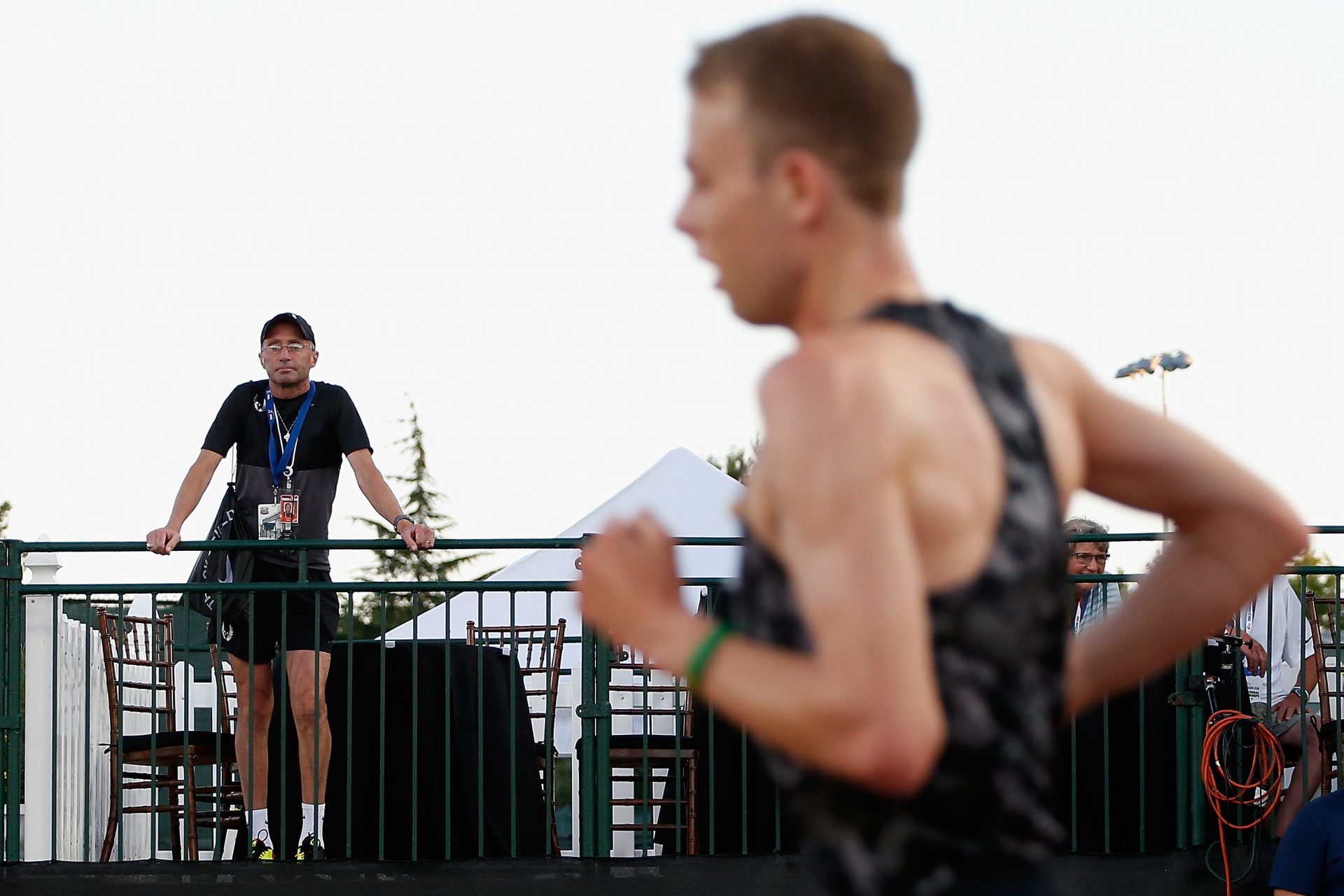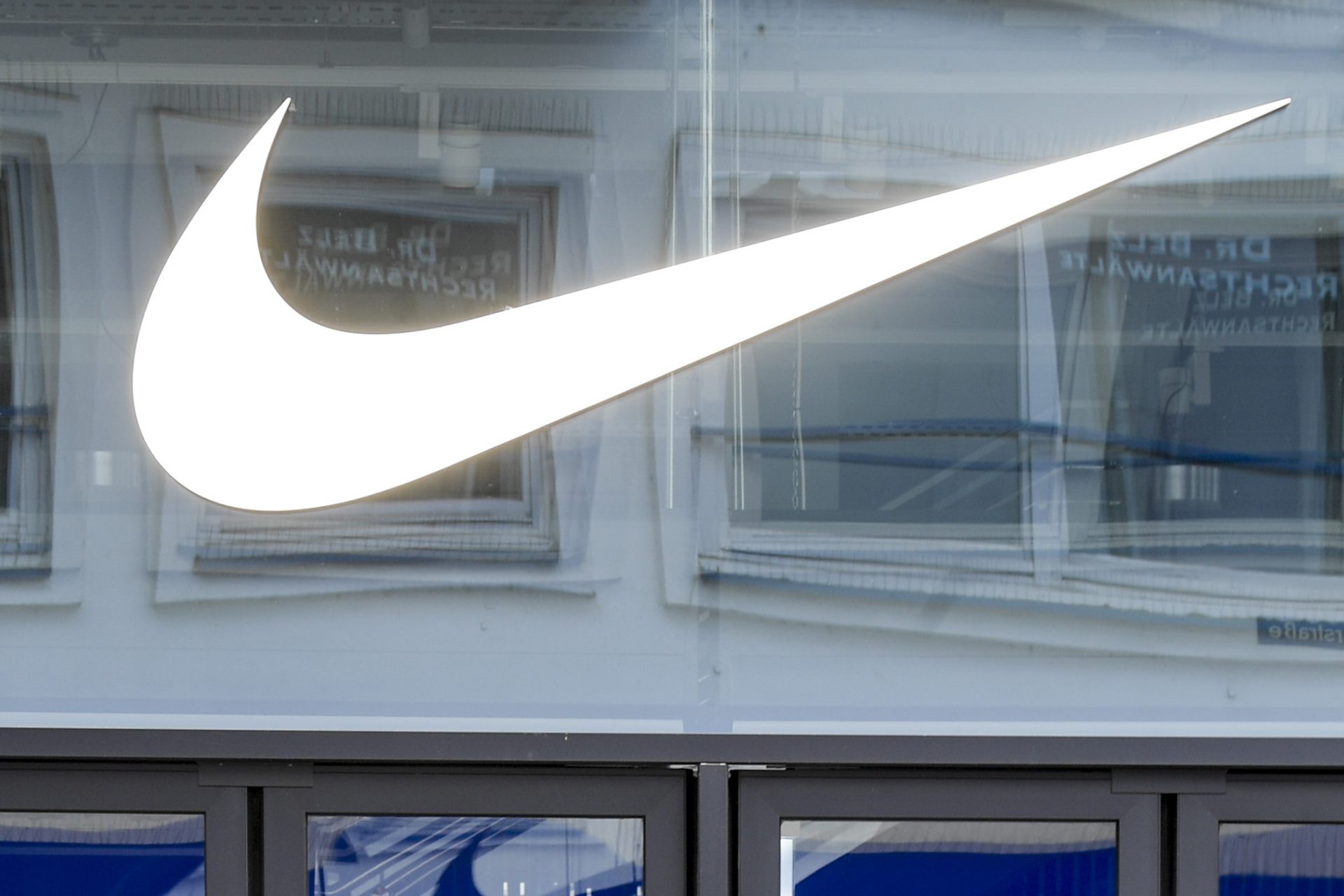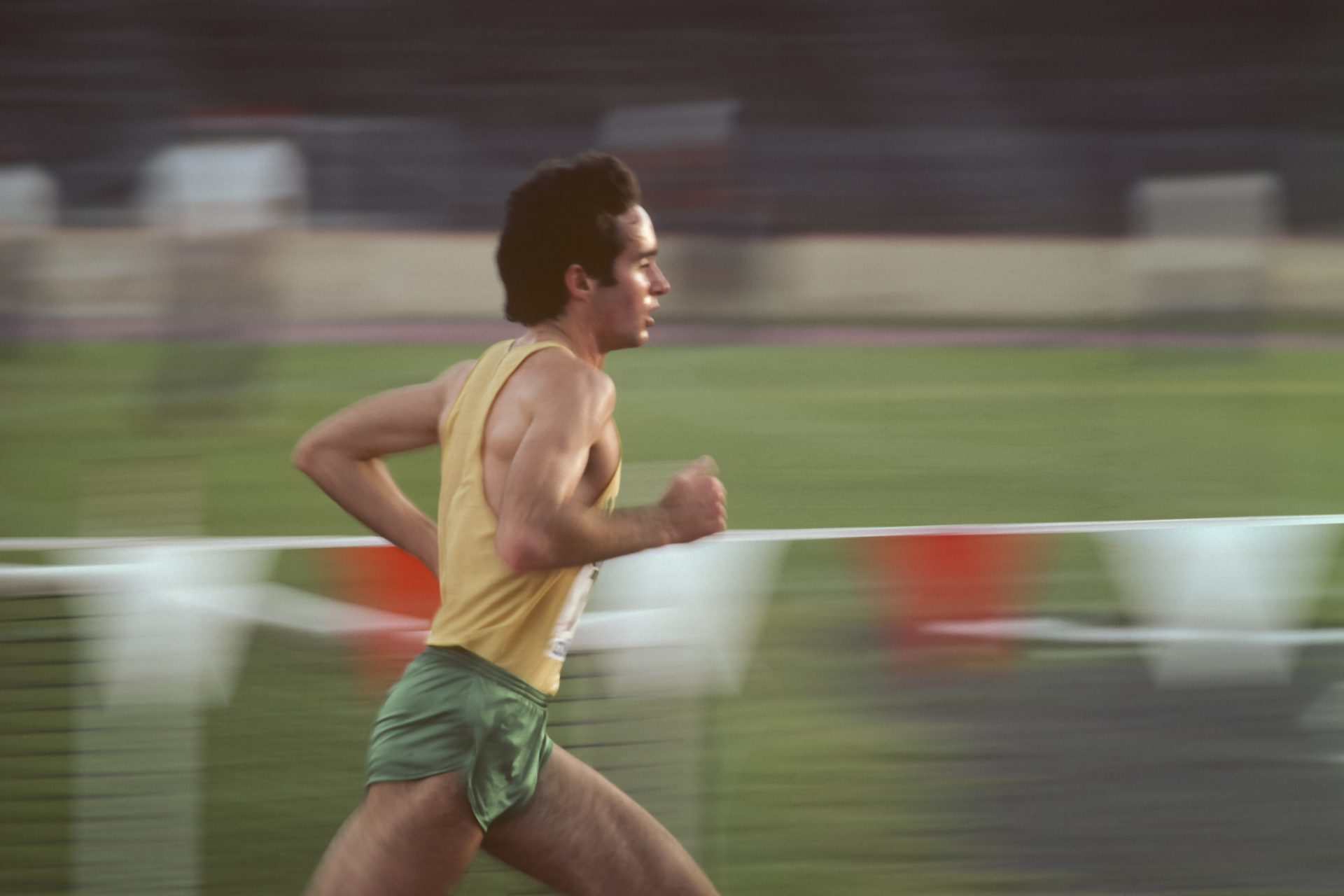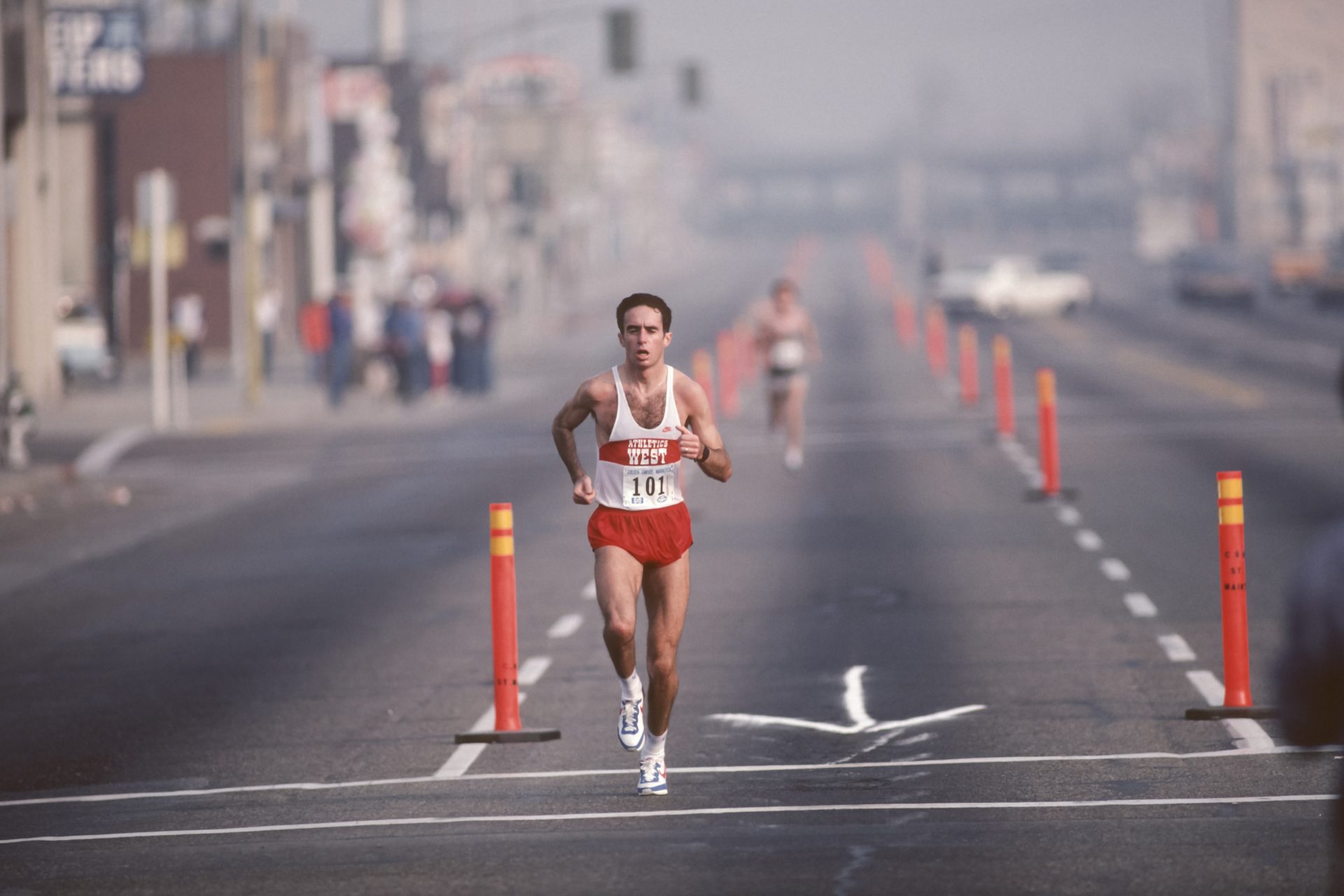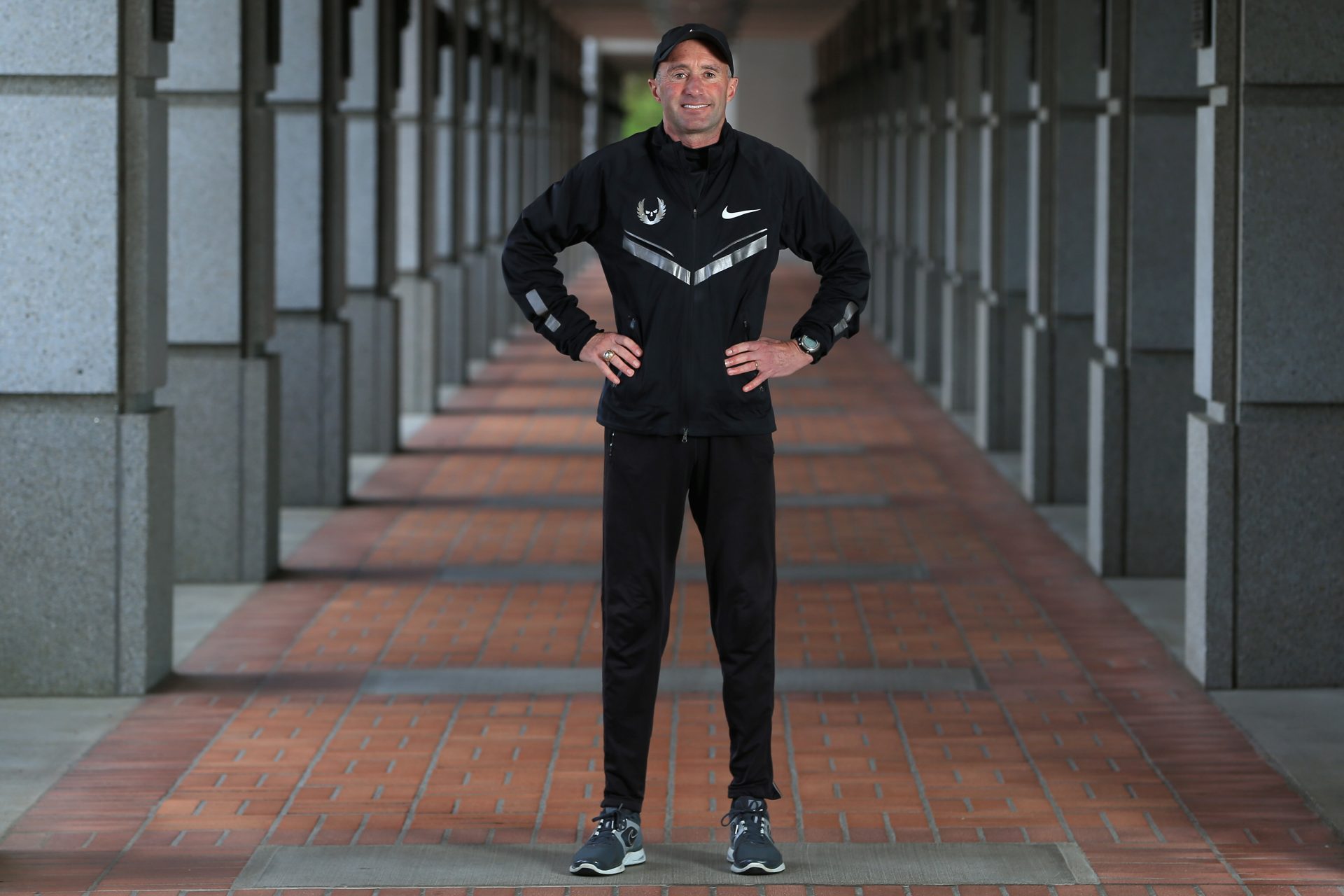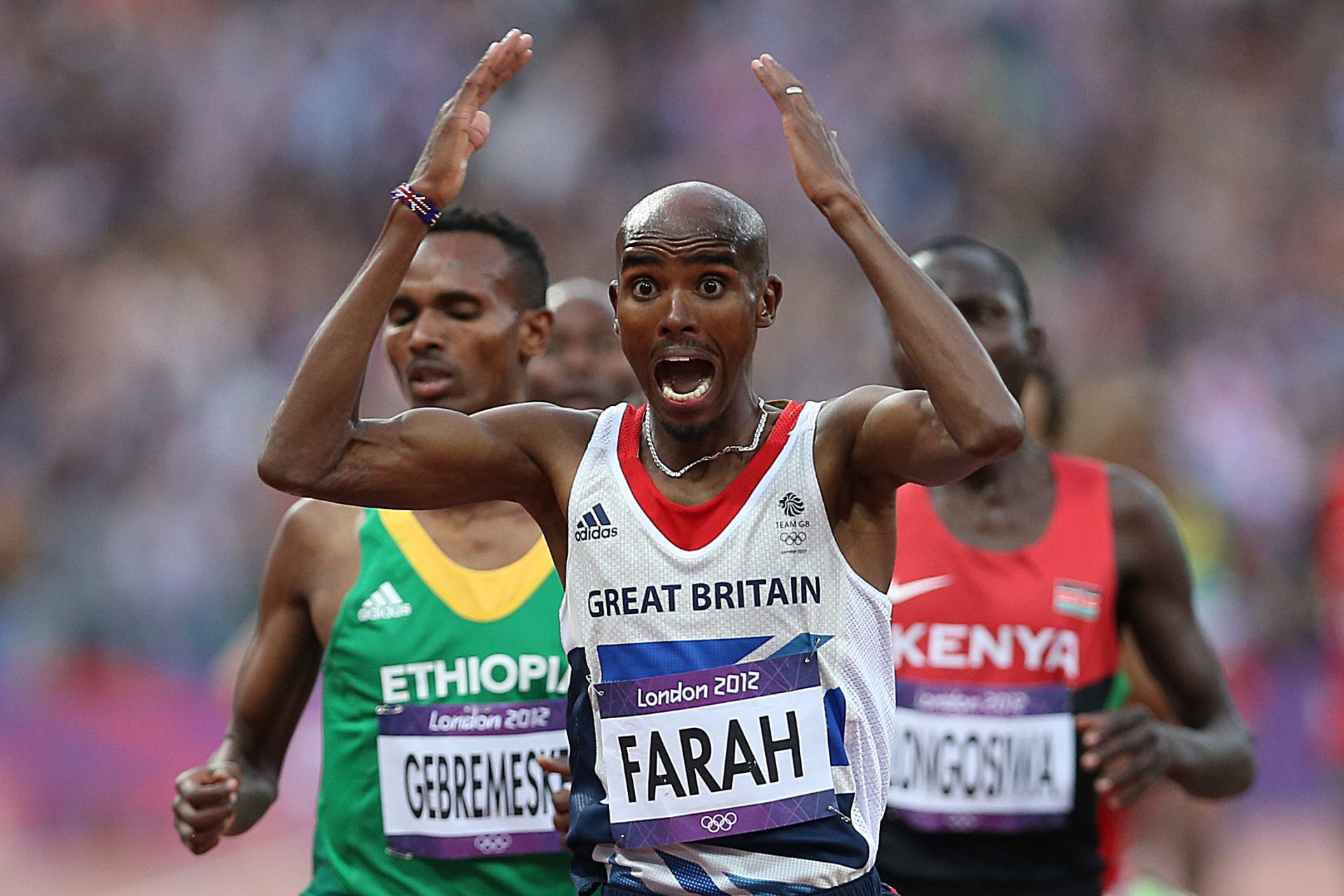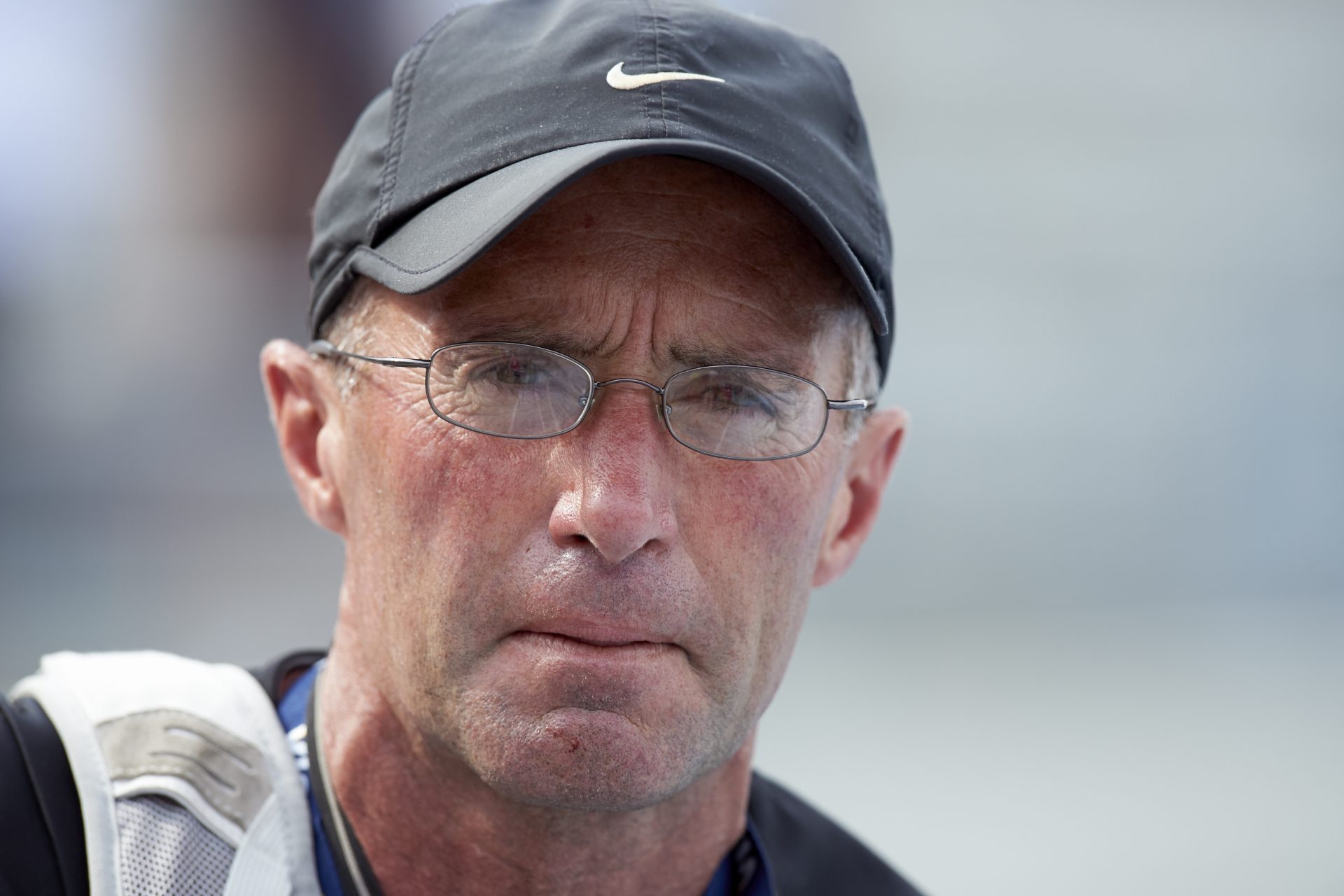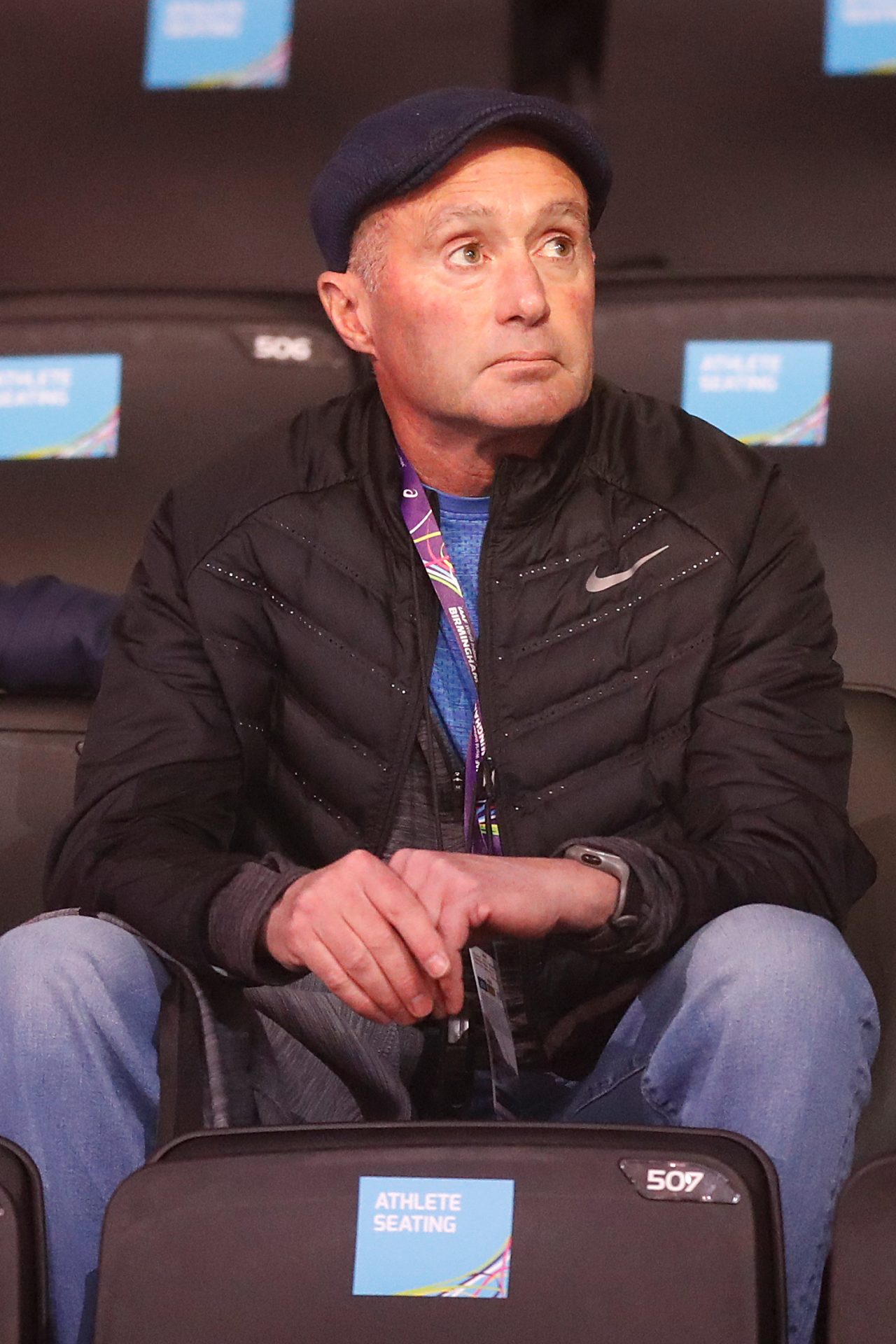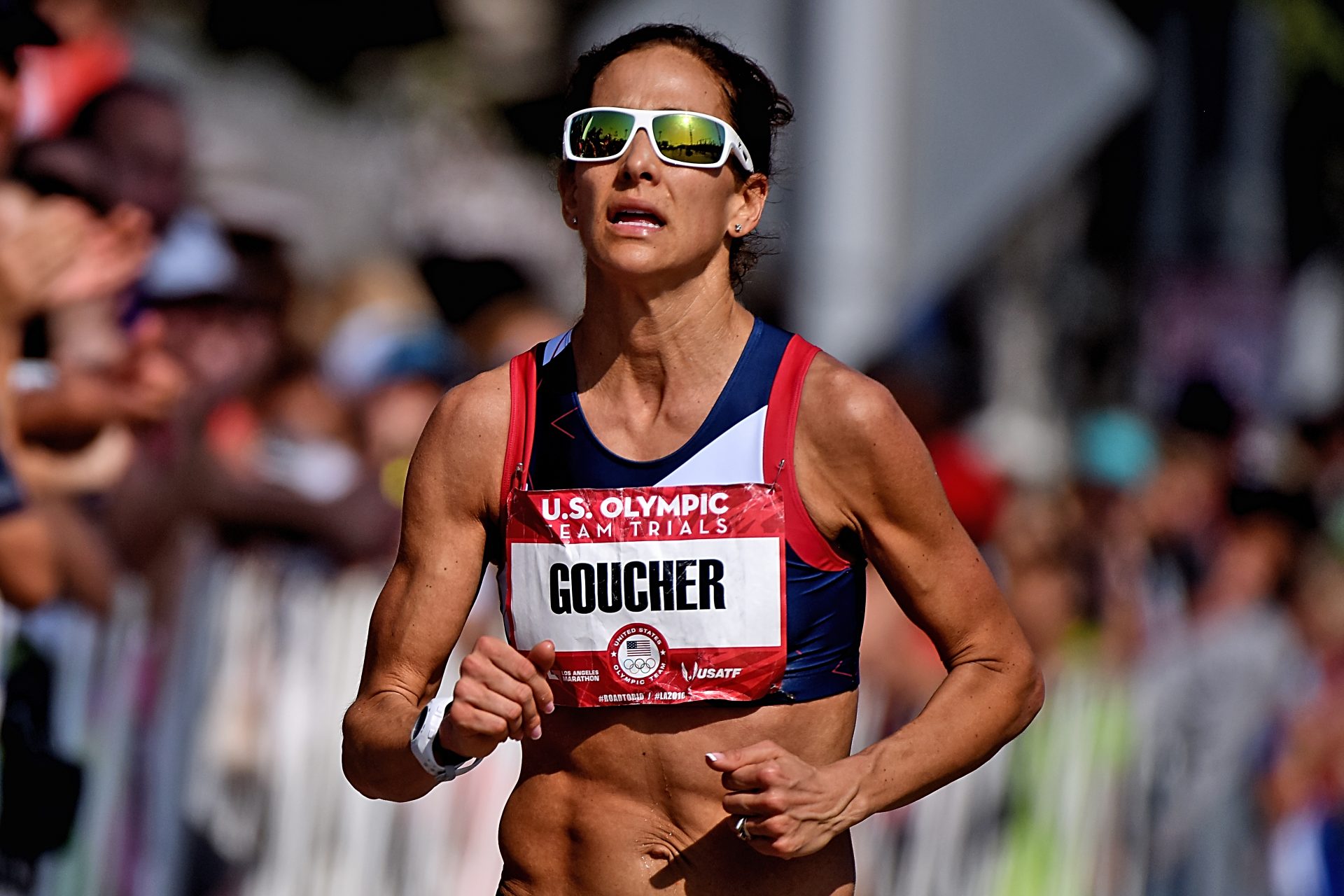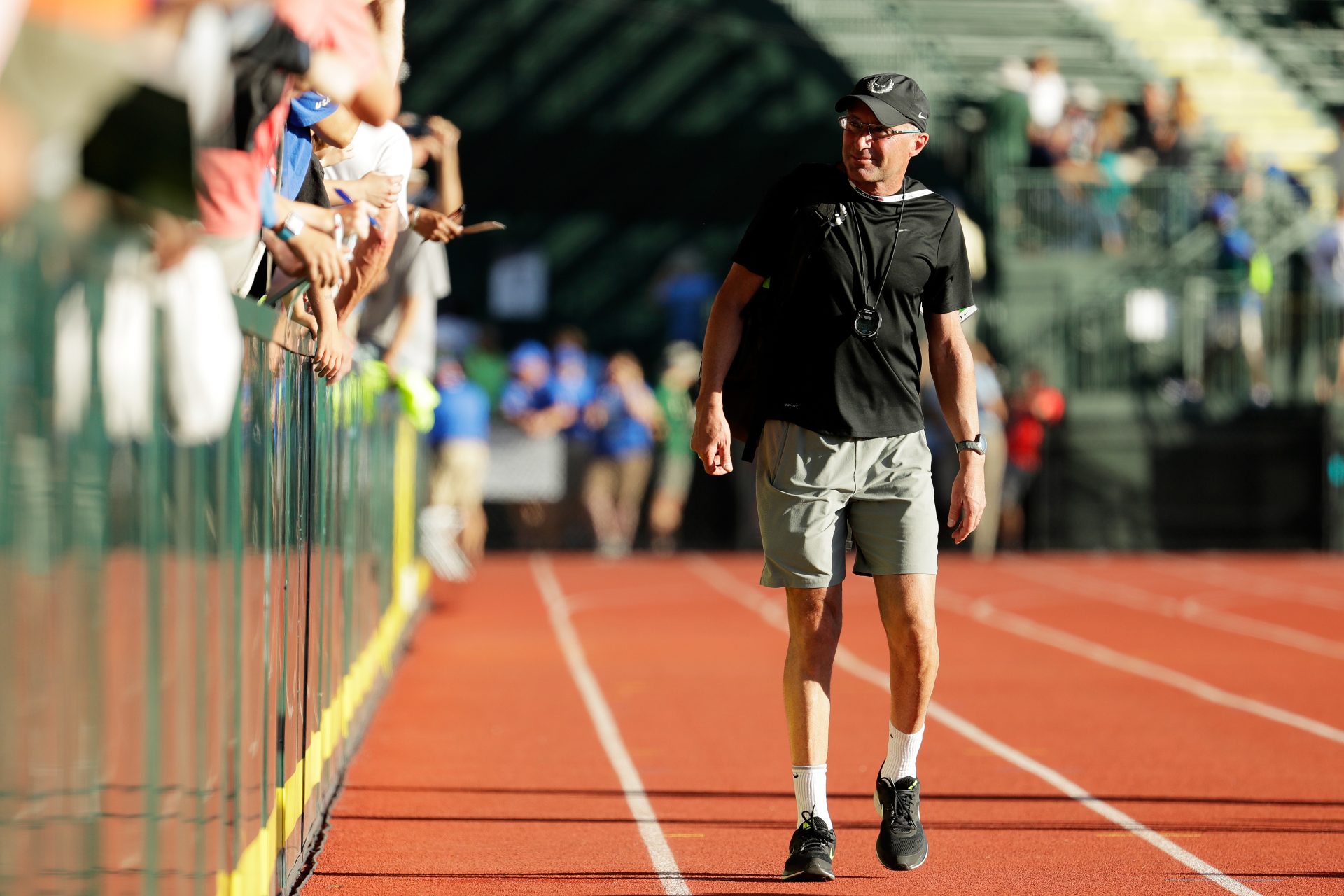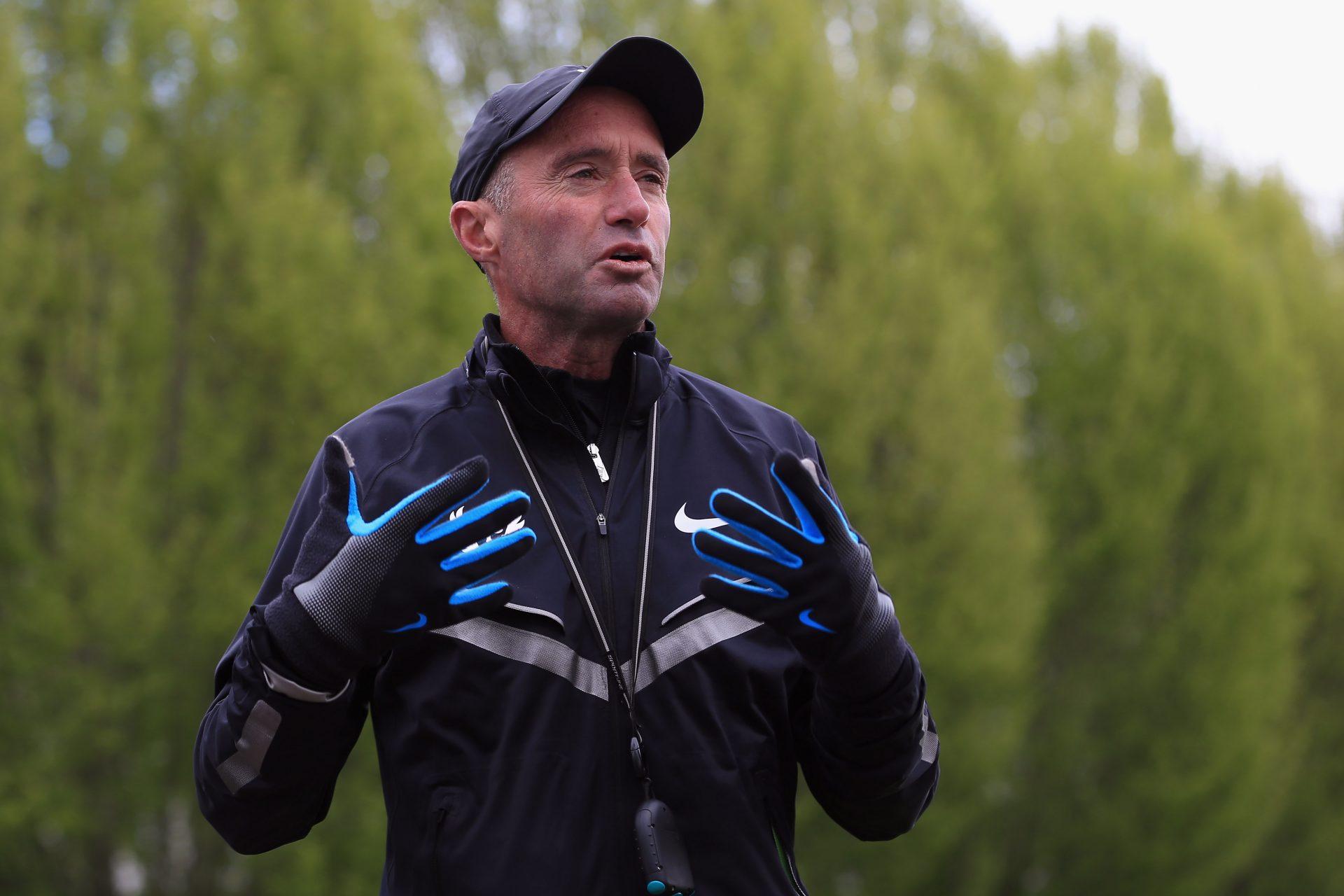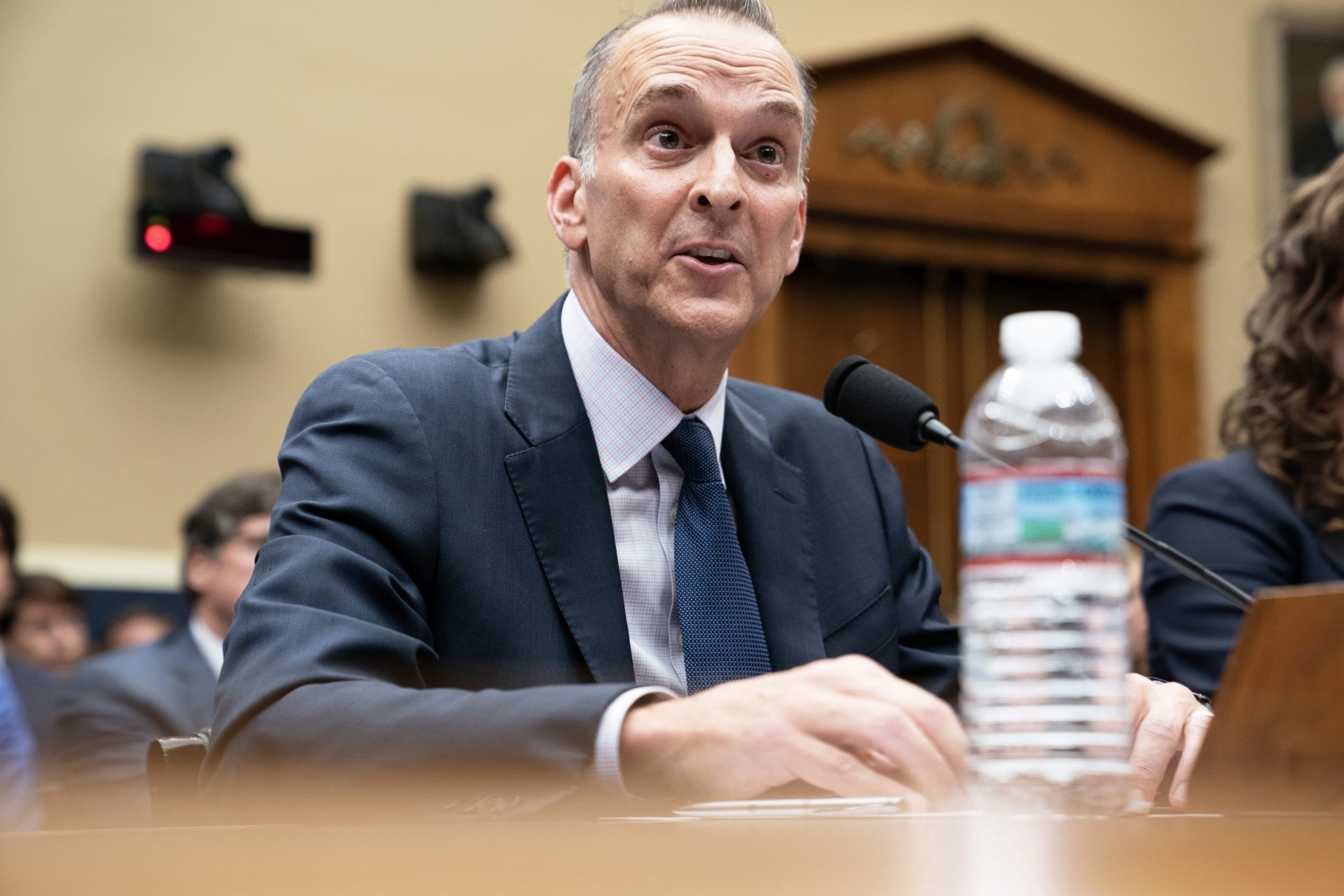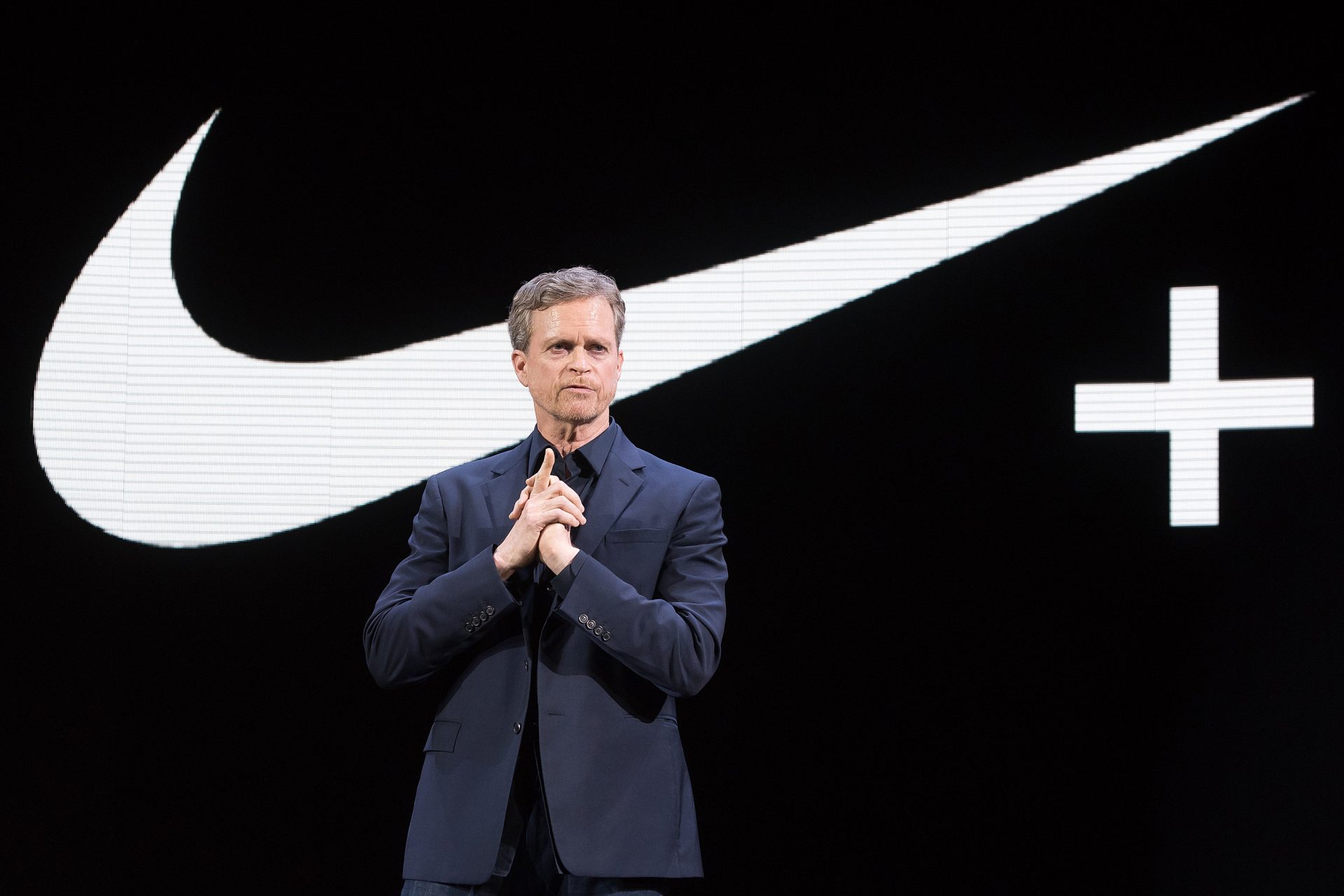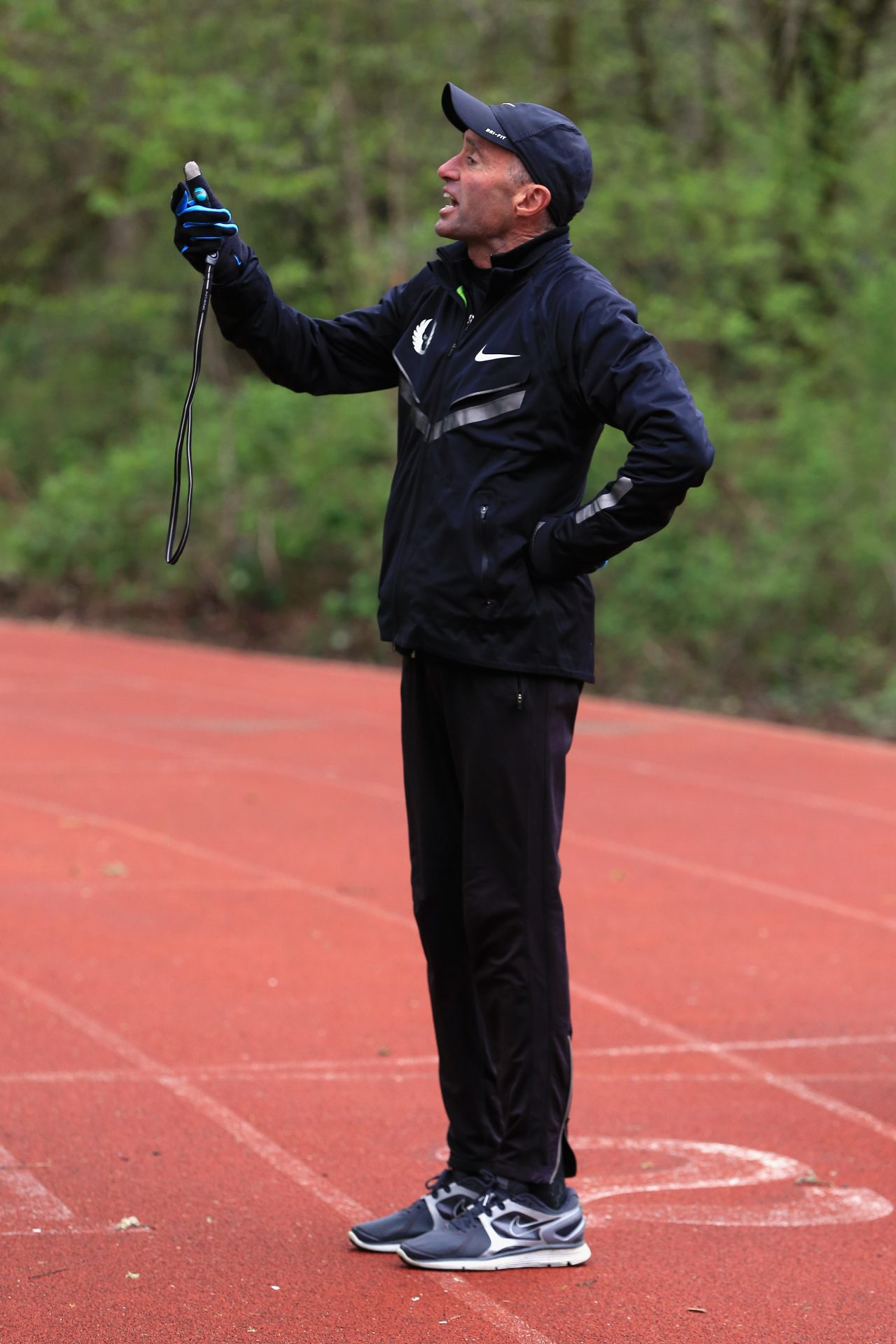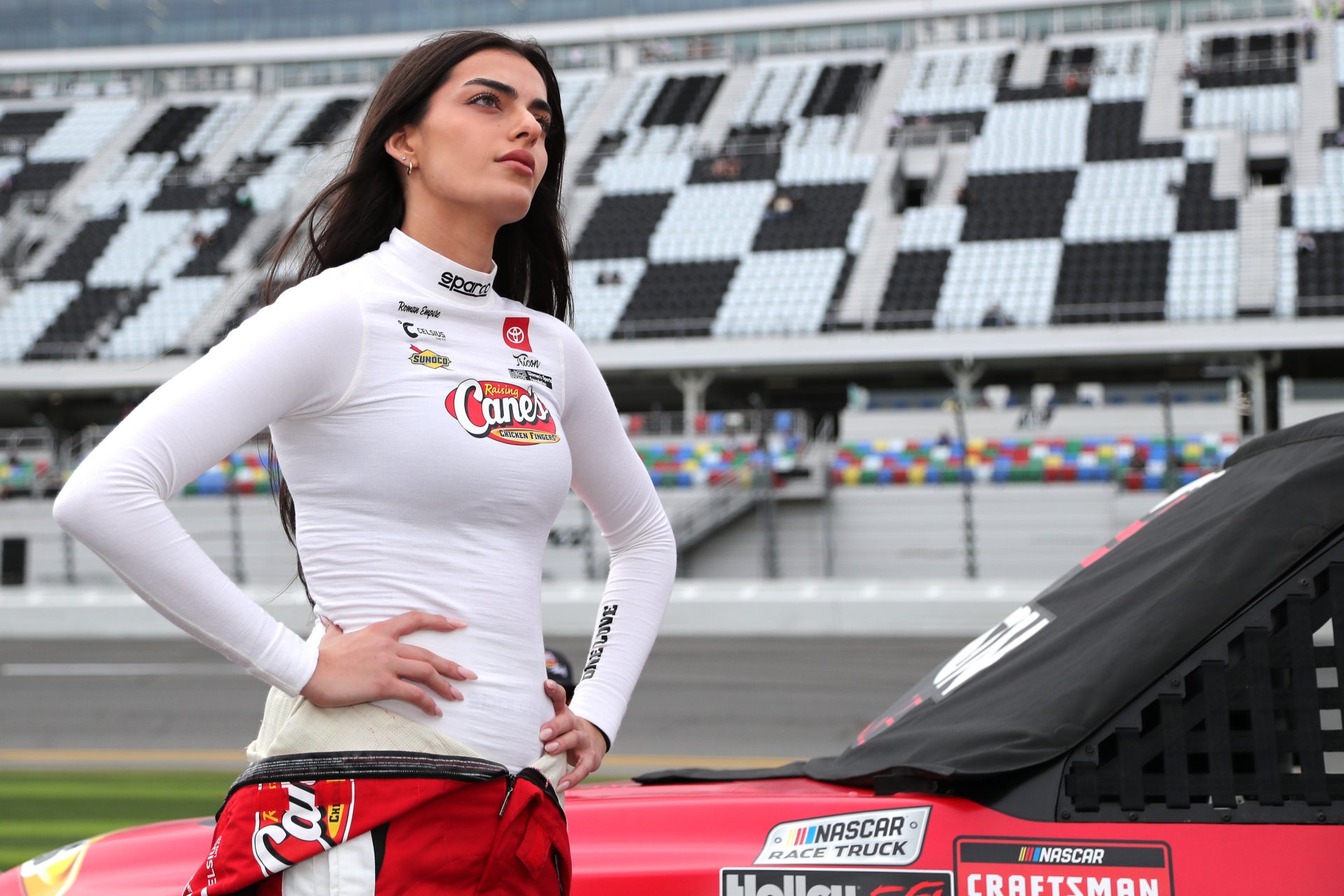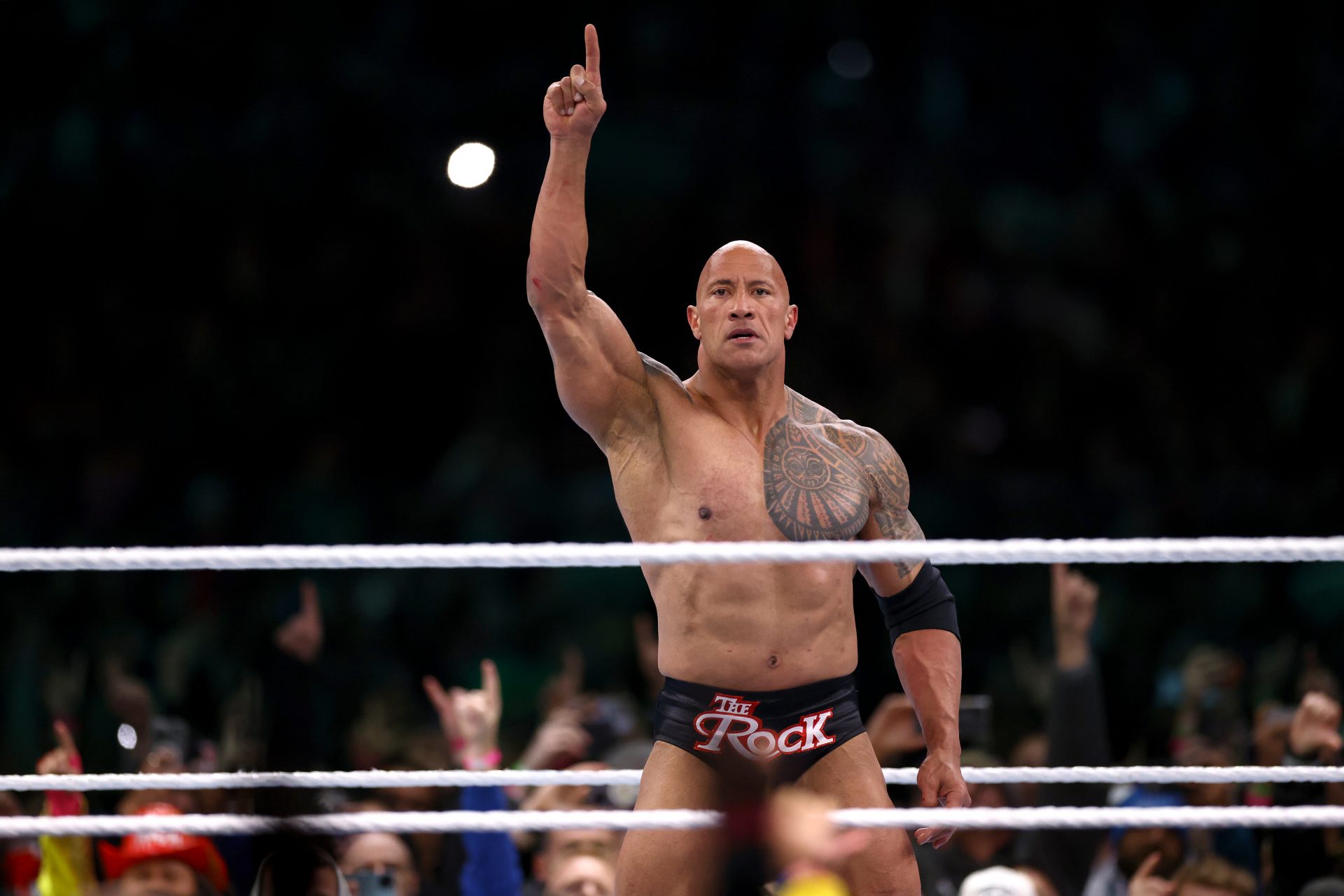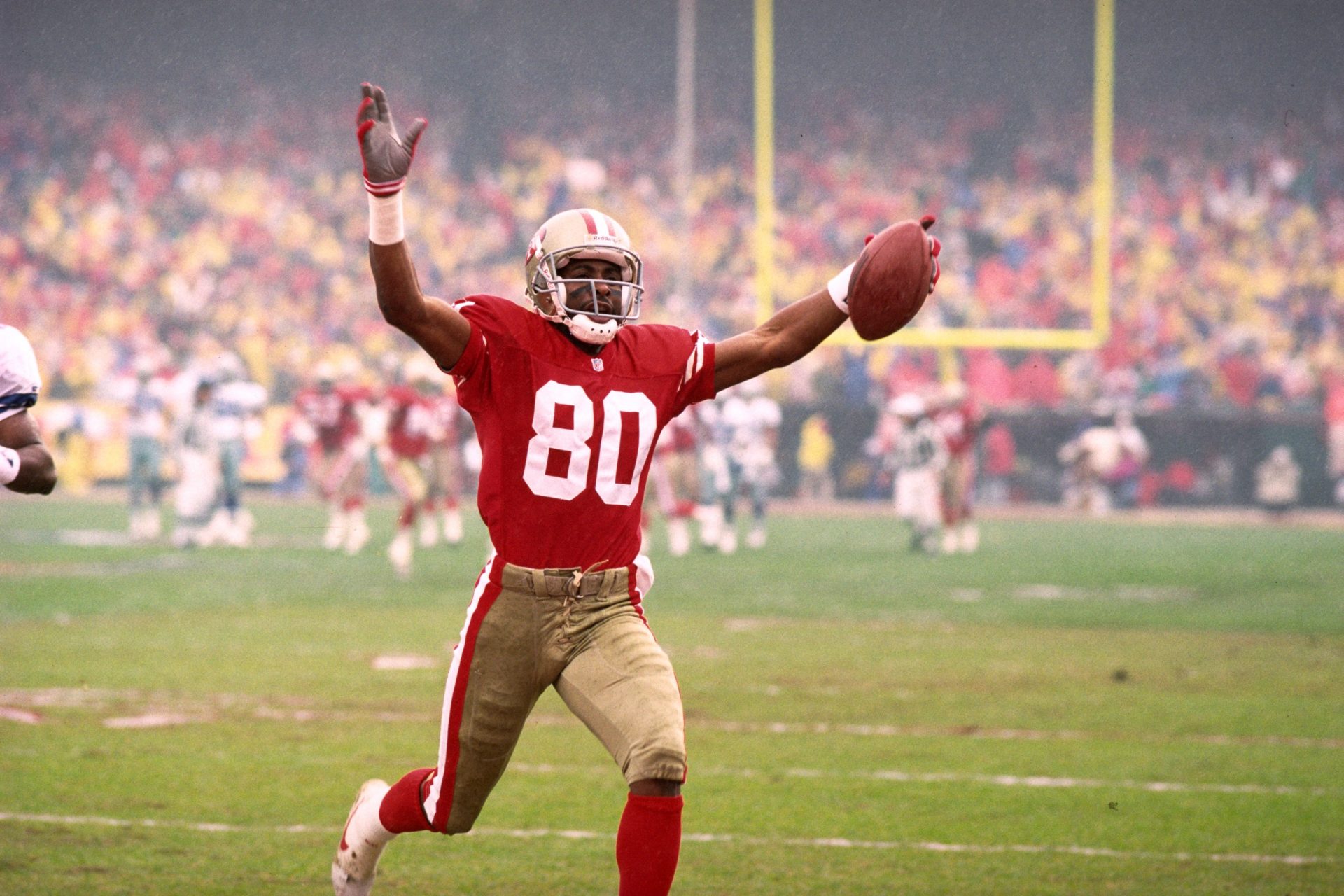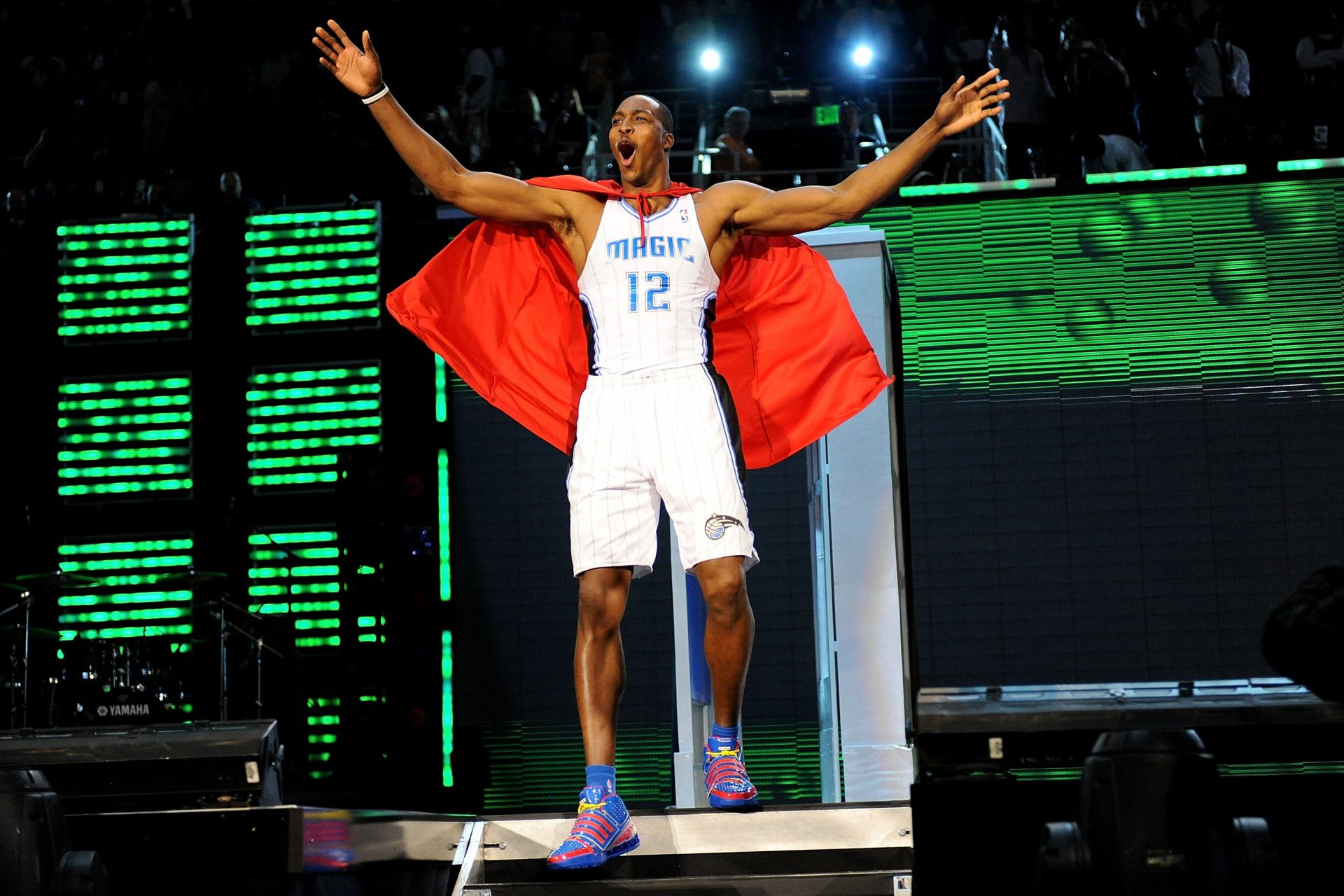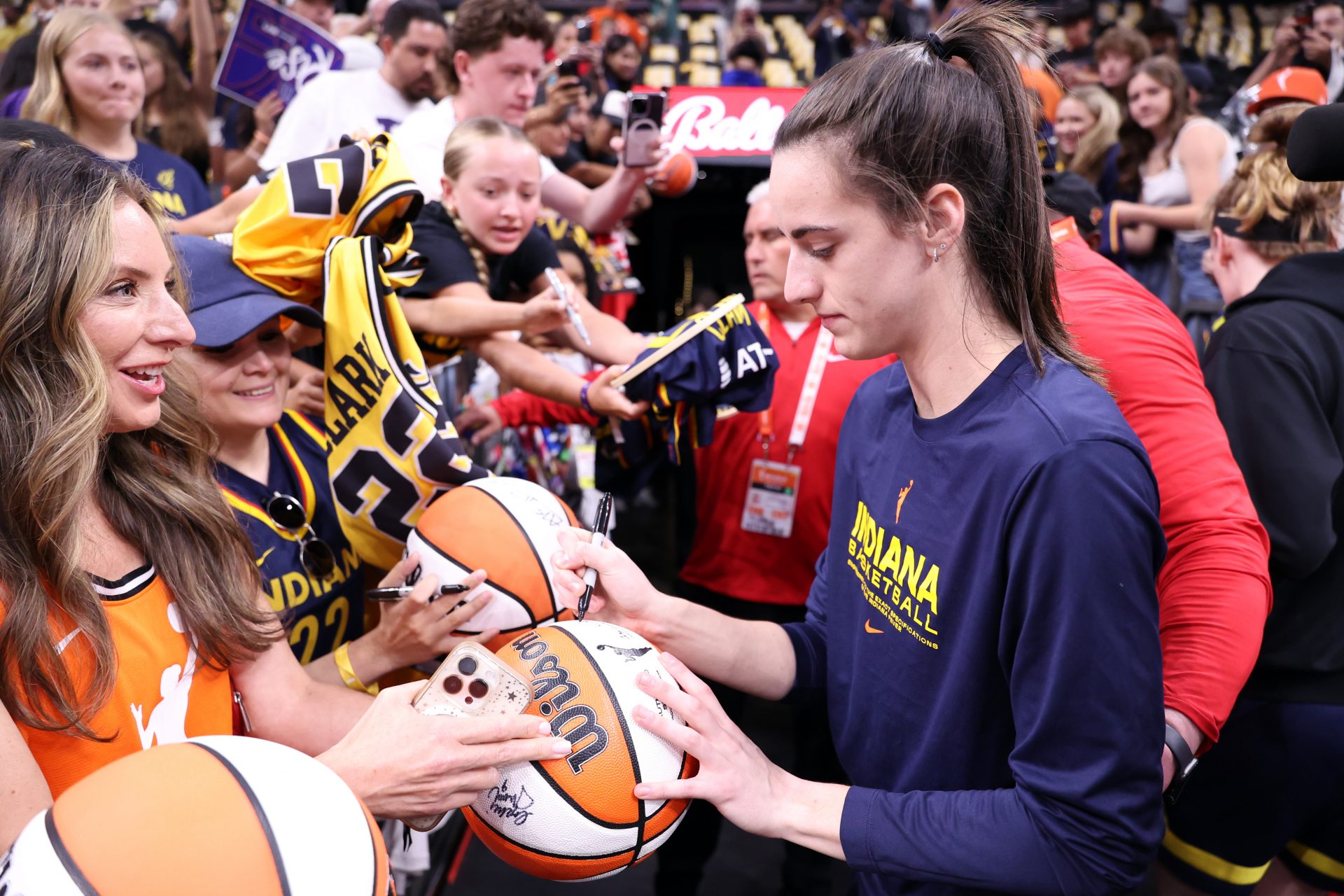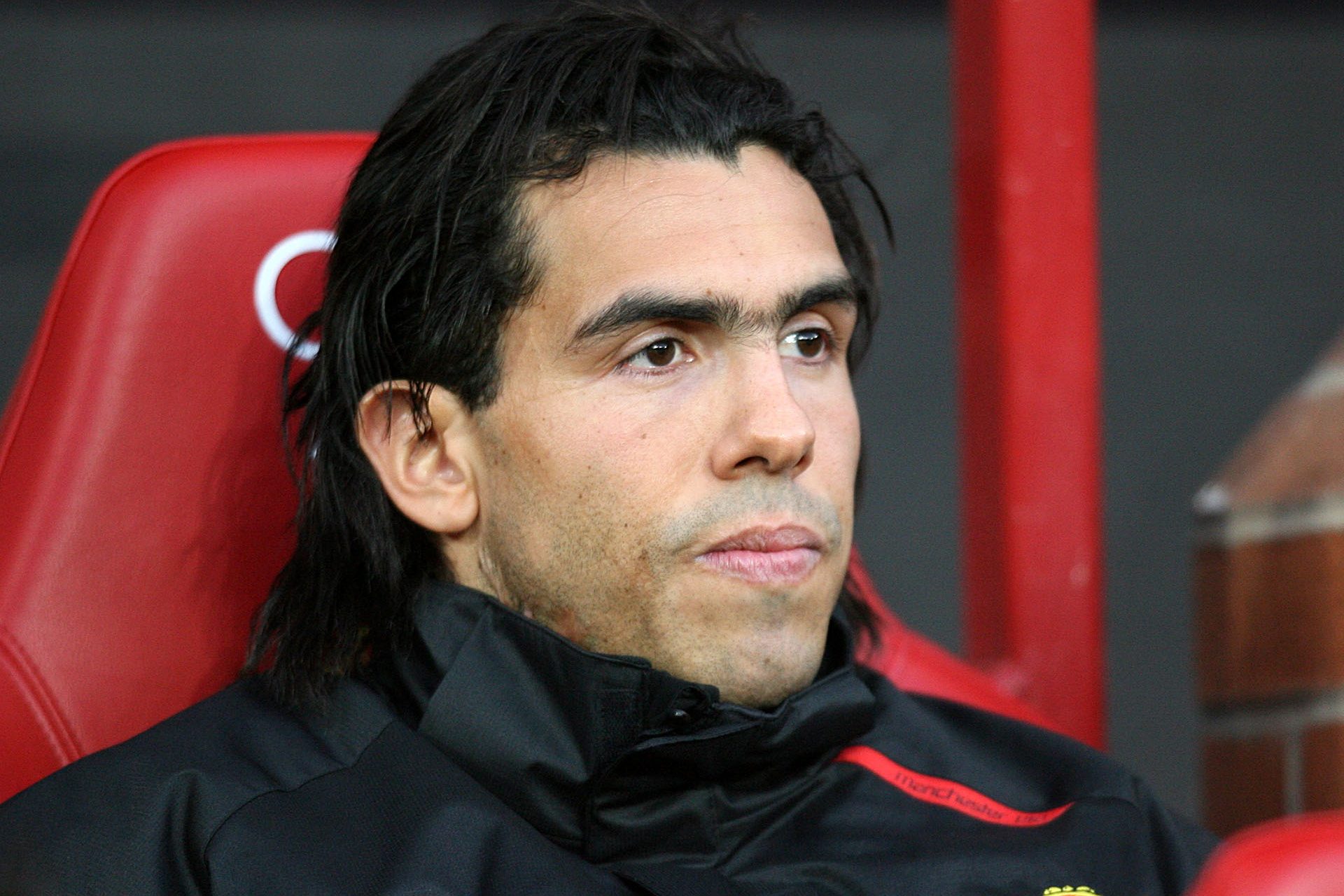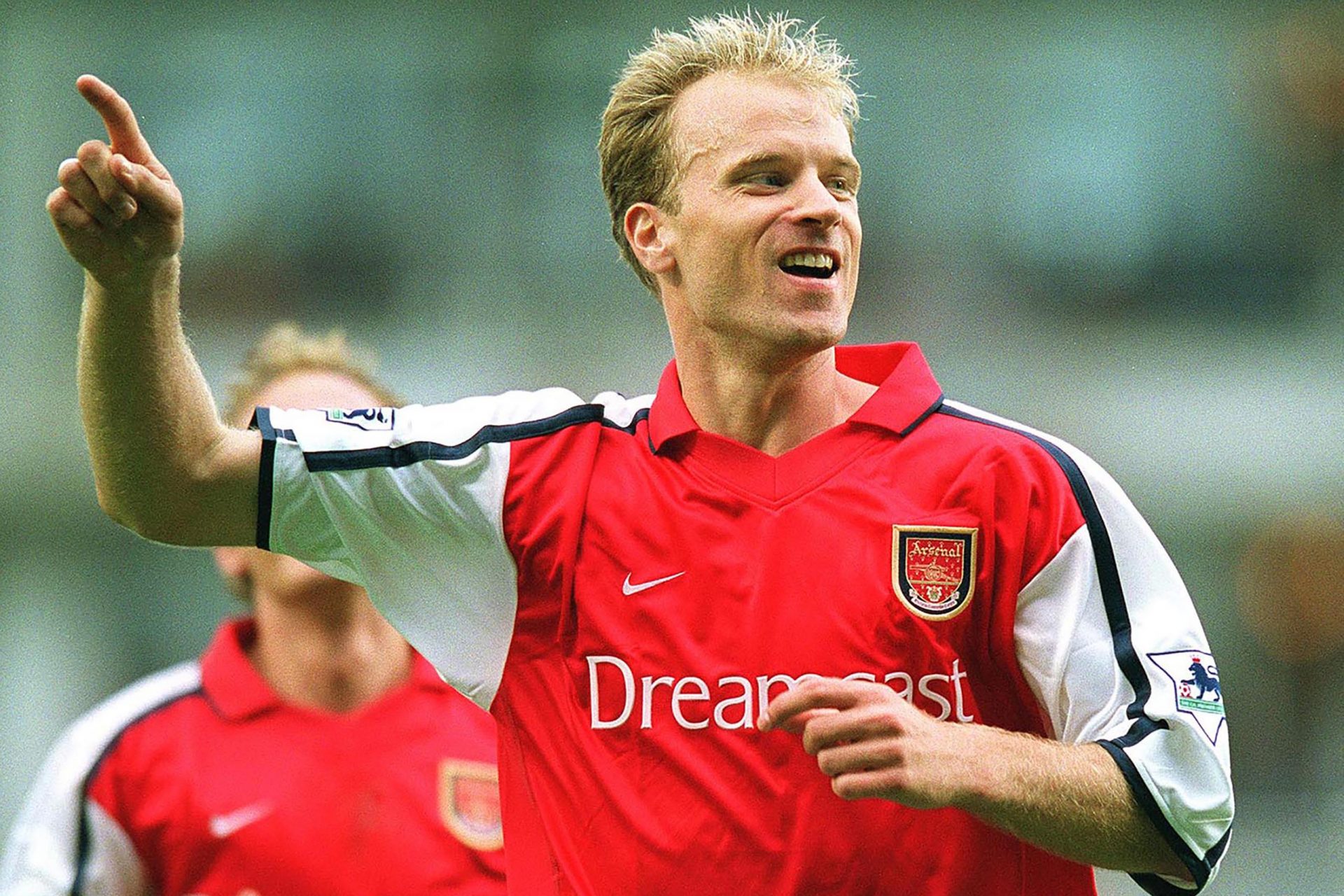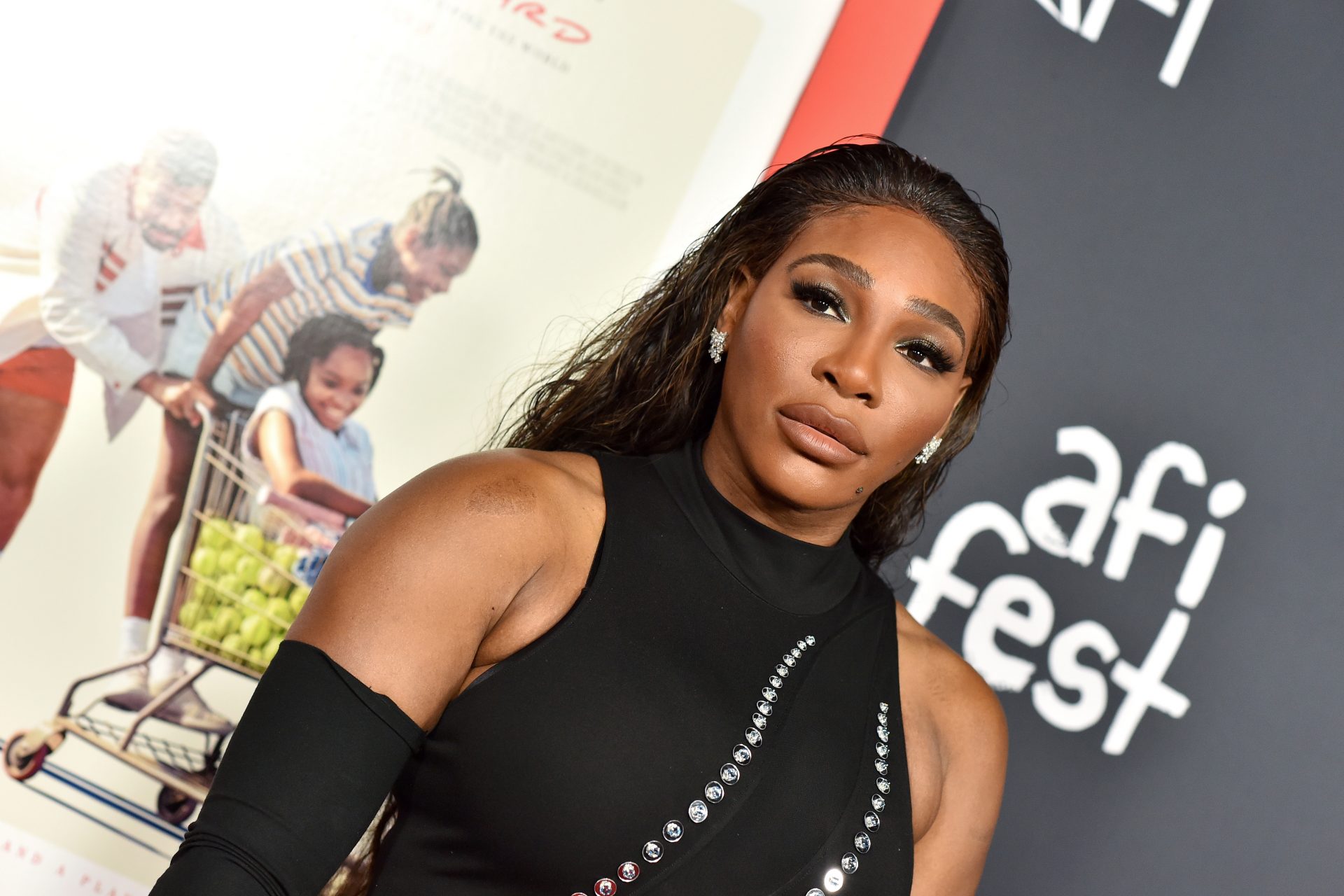Alberto Salazar can’t outrun Nike Oregon Project doping allegations
For several decades, Alberto Salazar’s name was associated with excellence in the running world in a few different ways. However, things all came crashing down for him towards the end of the 2010’s, as controversy and embarrassment descended upon his legacy in athletics and with the Nike Oregon Project.
Before jumping into any details about Salazar personally or professionally, it’s important to understand the premise of the Nike Oregon Project. Essentially, it was a program launched by Nike that looked to produce and develop elite distance runners largely from the United States, but also worked with international athletes as well.
As Medium put it, the project looked at distance running differently by “combining innovation, science and dedication to elevate athletes to unprecedented levels of excellence.”
Want to see more like this? Follow us here for daily sports news, profiles and analysis!
Thanks to Nike’s seemingly unlimited budget and desire to get this program off the ground, athletes would sign contracts with the brand and have access to state of the art facilities and research labs in Oregon. It was all with the idea of constructing runners that had little to no flaws when it came time to perform at their best on the global stage.
Alberto Salazar and Nike have been two peas in a pod since the 1980’s. The Athletic brand sponsored Salazar when he was a prominent distance runner at that time. He won three straight New York City Marathons in 1980, 1981 and 1982.
The New York Times wrote about Salazar’s struggles after those victories, as his sensational rise to the top didn’t last as long as many people thought it would. They note that his career took a downturn as he dealt with injuries and depression. However, due to his strong relationship with Nike, he became a sports marketing executive with the company as his athletic career crumbled.
Want to see more like this? Follow us here for daily sports news, profiles and analysis!
Salazar was believed to have founded the Oregon Project himself in 2001, seemingly emerging as the perfect person to get the venture off the ground given his background as a distance runner himself. The New York Times wrote that no one really knew of its existence for over a decade, but that would soon change.
There were a few athletes who came out of the Oregon Project who achieved great heights in the running world. Medium noted Mo Farah’s accomplishments on the global and Olympic stage. Galen Rupp is another runner who fared well, winning the Chicago Marathon in 2017.
However, Salazar appeared to push the boundaries of science behind the scenes to give his athletes a greater advantage, which would ultimately be his downfall. Nike Oregon Project assistant coach Steve Magness would come forward with some of the work that was being done under wraps.
Want to see more like this? Follow us here for daily sports news, profiles and analysis!
Magness told ProPublica that he was a guinea pig of sorts, as the Nike Oregon Project tested the first L-carnitine infusion on him. This boosted the amount of oxygen he could consume during an intense workout. Magness was initially excited to be part of the new procedure, but then started to have doubts when Salazar started telling other people not to share this with the world.
Magness and long distance runner Kara Goucher told ProPublica that Salazar and Dr. Jeffrey Brown “experimented with testosterone and pressured athletes to use prescription medications they didn’t need to gain a performance benefit.”
The ProPublica report came out in 2015, which started an intense four-year probe conducted by anti-doping agencies such as USADA. Ultimately, Salazar and Brown were suspended for four years, starting in September 2019. They were charged with trafficking testosterone, tampering with the doping control process, and administering a banned intravenous infusion, according to CNN.
Salazar was ultimately suspended from track and field for four years, despite appealing the decision twice. In a statement re-posted by Flo Track, Salazar wrote “I have always ensured the WADA code is strictly followed. The Oregon Project has never and will never permit doping.”
USADA Director Travis Tygart said after the ruling to CNN that “Mr. Salazar and Dr. Brown demonstrated that winning was more important than the health and well being of the athletes they were sworn to protect.”
Bloomberg confirmed in 2019 that Nike decided to sunset the Oregon Project. Oregon Live’s website posted a statement from Nike CEO Mark Parker “This situation including uninformed innuendo and unsubstantiated assertions has become an unfair burden for current Oregon Project athletes. We have therefore made the decision to wind down the Oregon Project to allow the athletes to focus on their training and competition needs.”
The doping allegations were arguably the least of his and Nike’s problems. He and Nike were also sued by athletes for engaging in verbal and physical abuse and harassment during the life of the Nike Oregon Project, according to Runners World and others.
More for you
Top Stories



